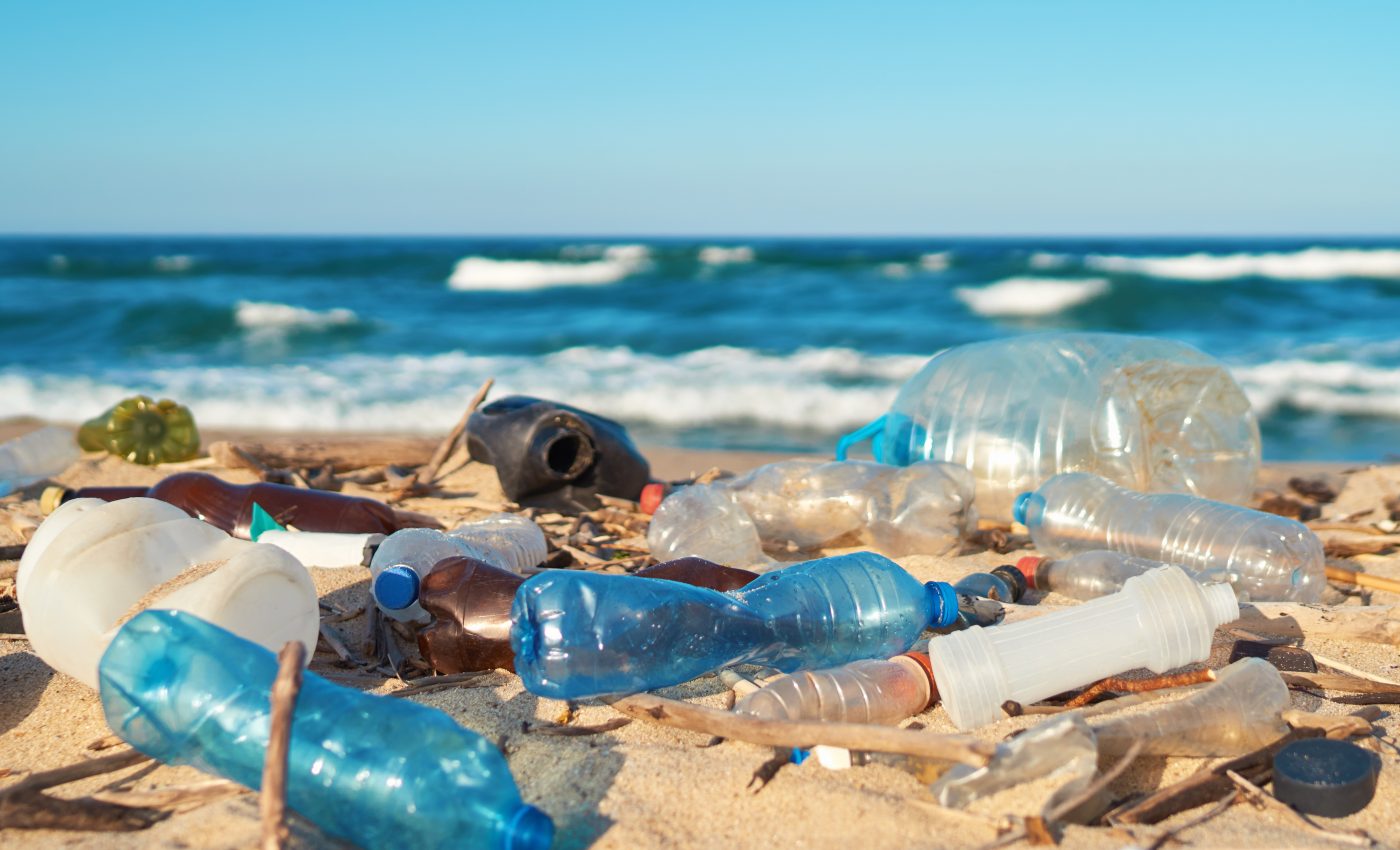
Plastic pollution in the ocean could triple by 2040
In a new study from Pew Charitable Trusts, experts have determined that the annual amount of plastic entering the ocean will triple over the next two decades unless immediate action is taken. On a positive note, the researchers also identified ways that this volume of plastic waste could be cut by more than 80 percent.
Pew collaborated with SYSTEMIQ and experts all over the world, using an advanced economic model to quantify the amount of plastic in the global system and compare the quantity of ocean plastic pollution between 2016 and 2040. The model simulations were run under six conditions, ranging from business as usual to a total overhaul of the world’s plastics system.
The analysis revealed that if no action is taken to address the projected growth of plastic production, the amount of plastic entering the ocean each year will grow from 11 million metric tons to 29 million metric tons by 2040. This is the equivalent of nearly 110 pounds of plastic on each meter of coastline worldwide.
In this scenario, the cumulative amount of plastic in the ocean could reach 600 million tons, with a weight of more than three million blue whales, in just 20 years.
While some progress has been made, the experts determined that current commitments will only reduce the amount of plastic flowing into the ocean by seven percent.
The researchers estimate that without major changes, about 4 billion people will be without organized waste collection services by 2040, which will substantially contribute to the projected amount of ocean plastic pollution.
The report, “Breaking the Plastic Wave,” has pinpointed a total of eight measures that could be combined to reduce the annual accumulation of by about 80 percent. These solutions include reducing growth in plastic production, substituting plastics with compostable alternatives, and increasing recycling.
Beyond improving the ocean, the recommended changes could generate savings of $70 billion for governments and create 700,000 jobs over the next 20 years.
“There’s no single solution to ocean plastic pollution, but through rapid and concerted action we can break the plastic wave,” said Tom Dillon, Pew’s vice president for environment. “As this report shows, we can invest in a future of reduced waste, better health outcomes, greater job creation, and a cleaner and more resilient environment for both people and nature.”
“Our results indicate that the plastic crisis is solvable. It took a generation to create this challenge; this report shows we can solve it in one generation,” said Martin Stuchtey, SYSTEMIQ’s founder and managing partner. “‘Breaking the Plastic Wave’ leaves no viable excuse on the table; we have today all the solutions required to stem plastic flows by more than 80 per cent. What we now need is the industry and government resolve to do so.”
The study is published in the journal Science.
—
By Chrissy Sexton, Earth.com Staff Writer













